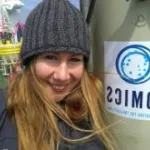BIARRITZ aims to make a step-change in our understanding of the biogeochemistry of the ocean’s Twilight Zone by bringing together multi-million pound international programmes.
Gliders (Seaglider, Slocum glider)
Oceanographic sampling (sensor and mooring equipment)
Ship systems
BIARRITZ






